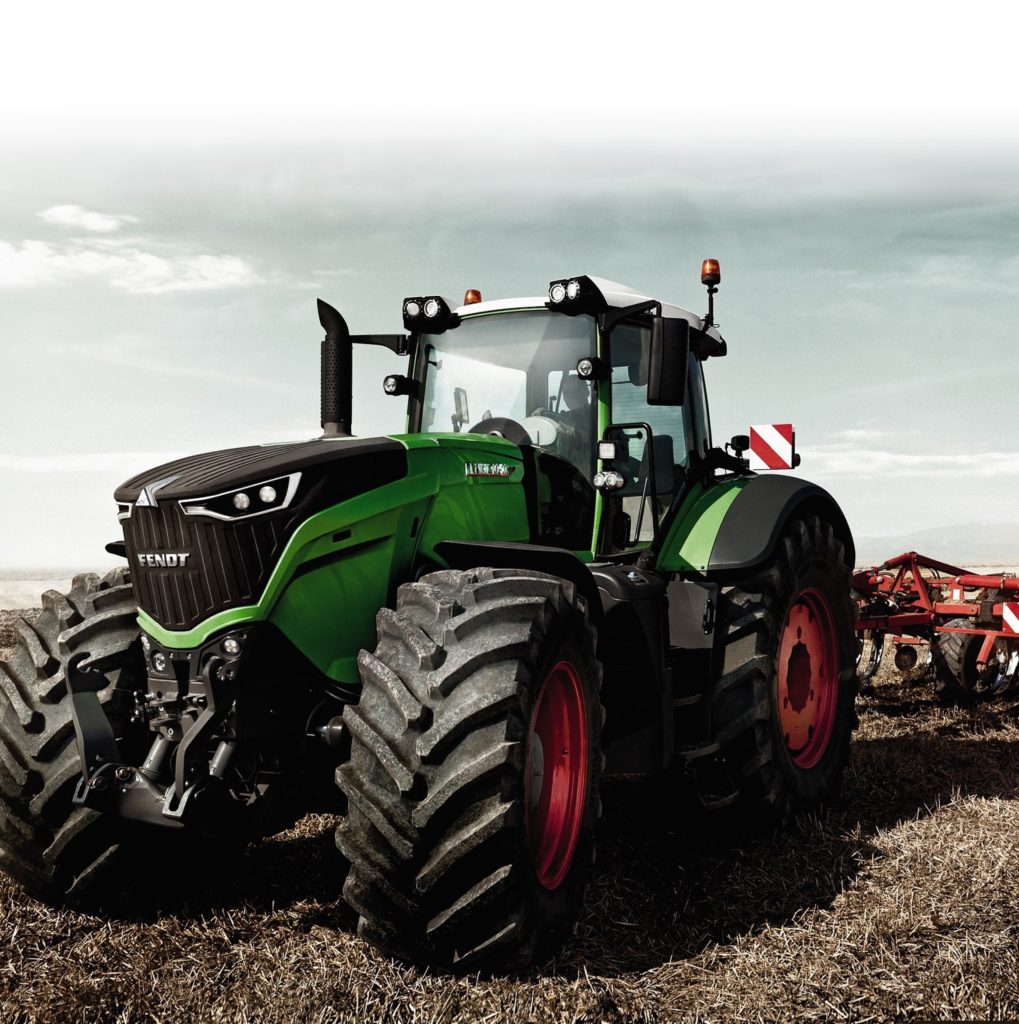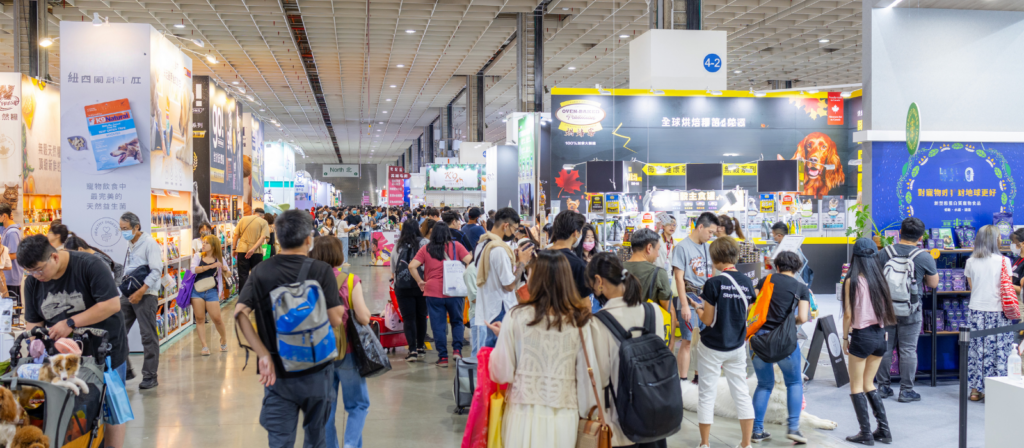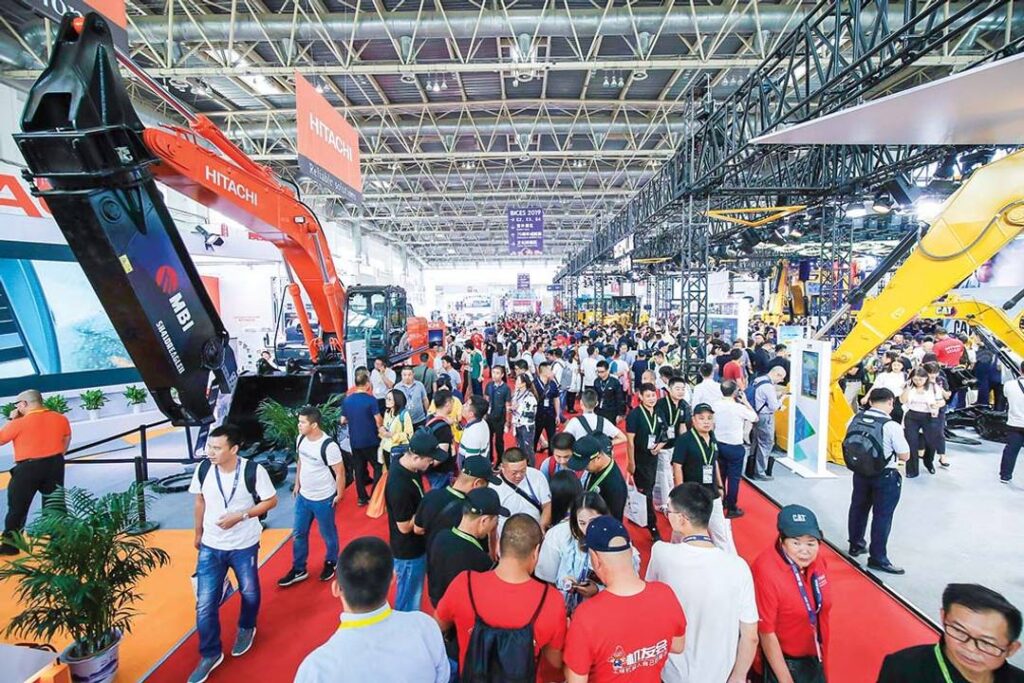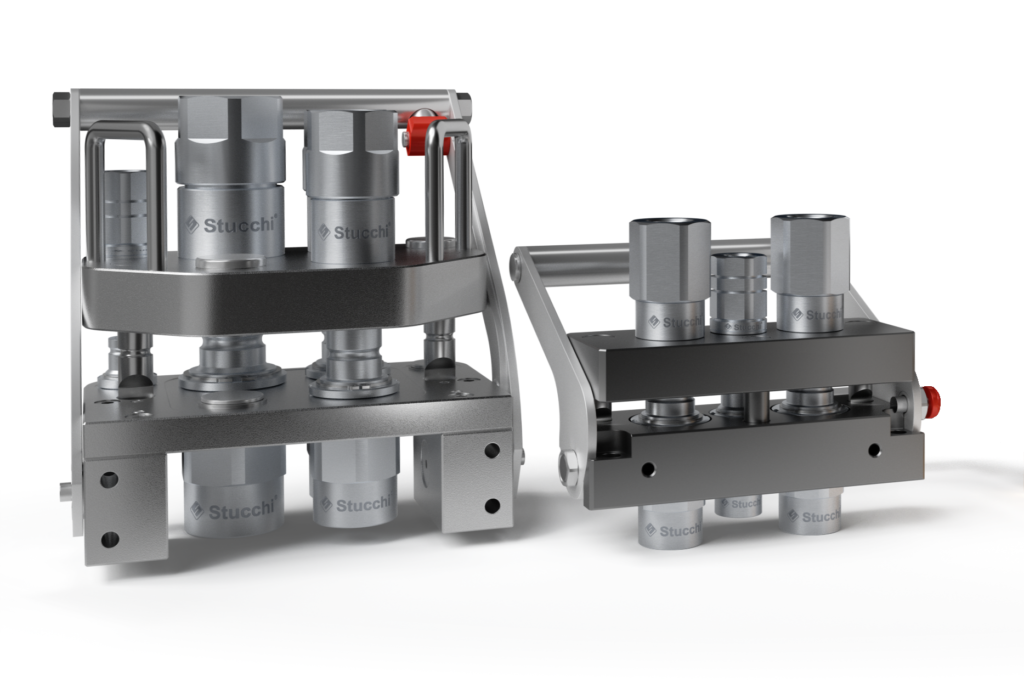
Characteristics to consider when selecting quick couplings
Hydraulic oil is essential in moving a great variety of machinery all throughout the world, crucial for the operations of many industries such as Oil&Gas, earth moving, agriculture, transport and more.
In order for these machines to work properly, their hydraulic circuits need to operate with maximum efficiency and one of the main factors contributing to this are couplings, the components allowing the hydraulic lines to be connected and use of interchangeable tools.
If the couplings are unsuitable or inefficient, in the best case scenario the hydraulic system will use more energy to reach the required pressure and in the worst case scenario, it will leak oil externally with subsequent risks to the environment and personnel.

To guarantee efficiency and safety, certain characteristics of the couplings need to be considered:
Type of valve
The shape of the valve and type of mechanism allowing the two lines to be connected determines the sturdiness of the connection, the ease of connection and disconnection and the presence or otherwise of leaks during these operations.
A system with flat-face valves is designed to reduce to a minimum the gap that forms between the male and female during connection and disconnection, thus limiting contamination both from the environment to the circuit (foreign bodies, dust, dirt) and from the circuit to the environment (oil leaks).
This conformation also speeds up connection and disconnection operations, allowing them to be performed quickly and without resorting to other tools.
Material and lining
Couplings are used in different environmental conditions, which can sometimes challenge their durability and efficiency; the salt used on winter roads, for example, can drastically compromise the performance of an unsuitable coupling, causing corrosion and wear.
Carbon steel is normally used for quick couplings in contexts with low corrosion, brass in those with medium corrosion and stainless steel in those with high corrosion.
Additional surface treatments improve the performance of the coupling, such as QPQ, Chrome3 or Zinc Nickel.
Pressure drop
As the oil passes through the connection points it inevitably suffers a pressure drop: while on one hand the manufacturer of the component is responsible for designing solutions that minimise the extent of this phenomena, on the other hand the buyer must take this into account and choose the most appropriate coupling to ensure the limits are respected.
The pressure drop chart allows the pressure drop to be calculated based on the circuit flow and size of the coupling used, and therefore the most suitable component to be selected.
Interchangeability
The specifications for flat-face quick couplings are set out by ISO 16028, which indicates the size of the connection/disconnection surfaces and performance levels required to operate in fluid dynamic circuits with maximum pressures up to 420 bar: this standard was also based on the design of Stucchi flat-face couplings.
For more than 60 years Stucchi has developed quick couplings, progressively integrating new ideas to create value in a global market: discover our range of products and get in contact.
